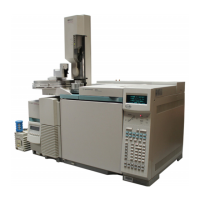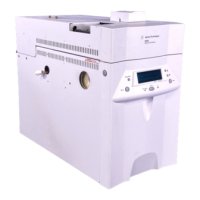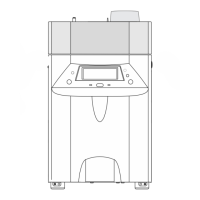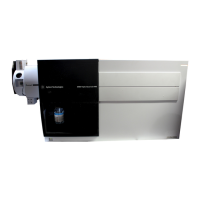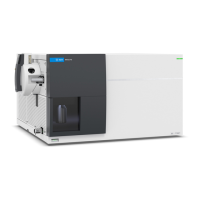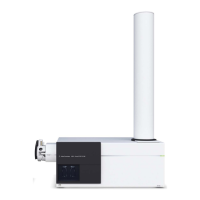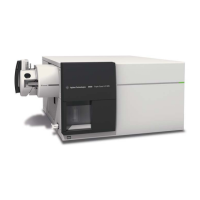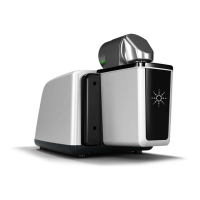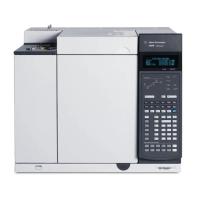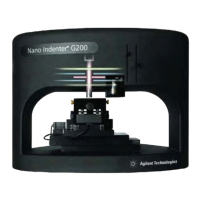19
Site Preparation
Cryogenic cooling requirements
CO
2
and N
2
require different hardware. You must replace the entire valve
assembly if you want to change coolants. The liquid CO
2
valve kit is
part no. G1565-65510 and the liquid N
2
kit is part no. G1566-65517.
Choosing a coolant
When selecting a coolant, consider these points:
• The lowest temperature you need to reach
• How frequently you will use cryogenic cooling
• The availability and price of coolant
• The size of the tanks in relation to the size of the laboratory
• Liquid N
2
cools reliably to –80°C
• Liquid CO
2
cools reliably to –40°C
CO
2
is the choice for infrequent cryogenic cooling because it does not evaporate
and is less expensive than N
2
. However, a tank of CO
2
contains much less coolant
than a tank of N
2
and more CO
2
is used for the same amount of cooling.
Although liquid N
2
evaporates from the tank regardless of frequency of use, N
2
tanks contain more coolant than do CO
2
tanks and therefore may be better for
frequent use.
Using carbon dioxide
WARNING Pressurized liquid CO
2
is a hazardous material. Take precautions to protect
personnel from high pressures and low temperatures. CO
2
in high concentrations
is toxic to humans; take precautions to prevent hazardous concentrations.
Consult your local supplier for recommended safety precautions and delivery
system design.
Caution Liquid CO
2
should not be used as a coolant for temperatures below –40°C
because the expanding liquid may form solid CO
2
—dry ice—in the GC oven. If
dry ice builds up in the oven, it can seriously damage the GC.
Liquid CO
2
is available in high-pressure tanks containing 50 pounds of liquid.
The CO
2
should be free of particulate material, oil, and other contaminants.
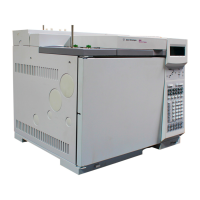
